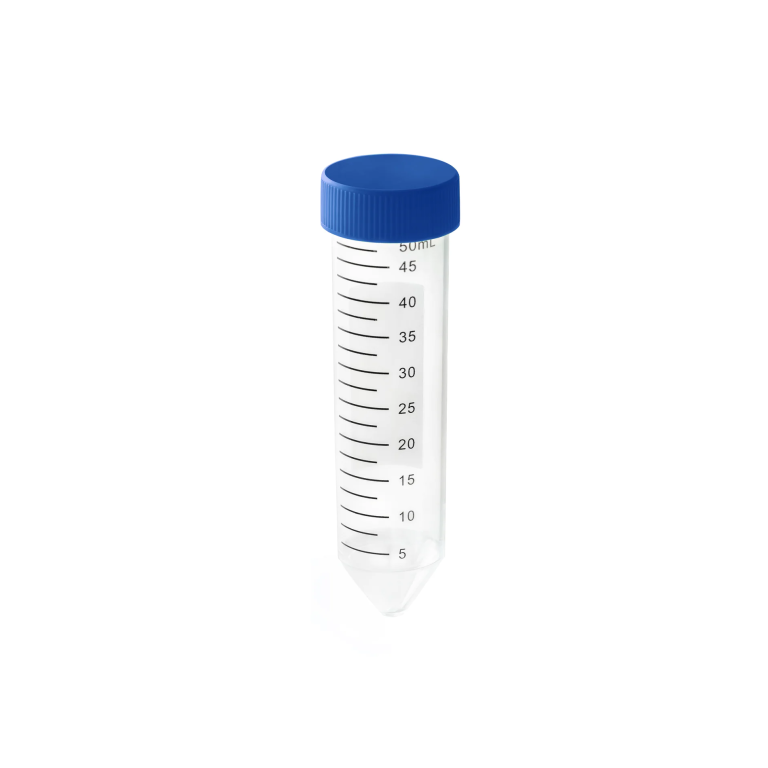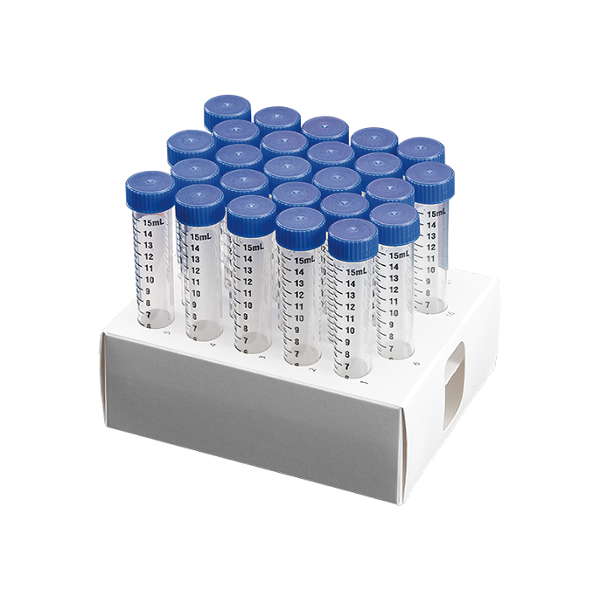For quantitative PCR (qPCR), it’s important to use plates that are specifically designed for the requirements of qPCR. Here are key considerations and types of plates to use for qPCR:
### 1. **96-Well Plates**
– **Standard Format:** The most common format for qPCR is the 96-well plate. Each well typically has a volume capacity of 100 to 200 microliters.
– **Optical Quality:** These plates are often made from optical-quality polymer to ensure clear and accurate detection of fluorescence signals.
### 2. **384-Well Plates**
– **High Throughput:** For high-throughput applications, 384-well plates can be used, which allows for more samples to be processed simultaneously. Each well typically holds 10 to 50 microliters.
### 3. **Plate Material and Design**
– **Optical Plates:** Use plates made from optical-grade plastic or quartz that allow for efficient transmission of fluorescence signals. They are designed to work with qPCR machines that detect fluorescence.
– **Compatible with qPCR Machines:** Ensure that the plates are compatible with your specific qPCR machine, as different machines may have different requirements for plate dimensions and optical properties.
### 4. **Thermal Properties**
– **Uniform Heating:** Plates should have uniform thermal conductivity to ensure consistent heating across all wells. This is crucial for accurate and reproducible results.
### 5. **Sealing Options**
– **Optical Adhesive Films:** Use optical adhesive films that allow for fluorescence detection while preventing evaporation and contamination.
– **Heat Seals:** For some systems, heat sealing can be used to ensure a secure seal that maintains the reaction conditions.
### 6. **Specialized Plates**
– **Deep-Well Plates:** If your qPCR protocol requires larger volumes or specific experimental setups, deep-well plates may be used. These are less common for standard qPCR but can be useful in certain applications.
### 7. **Manufacturer Specifications**
– Always check the specifications of the plates to ensure compatibility with your qPCR system and the type of assays you are running. Different manufacturers may offer variations tailored to specific needs.
By choosing the right plate and ensuring compatibility with your qPCR system, you can achieve accurate and reliable results in your quantitative PCR experiments.


